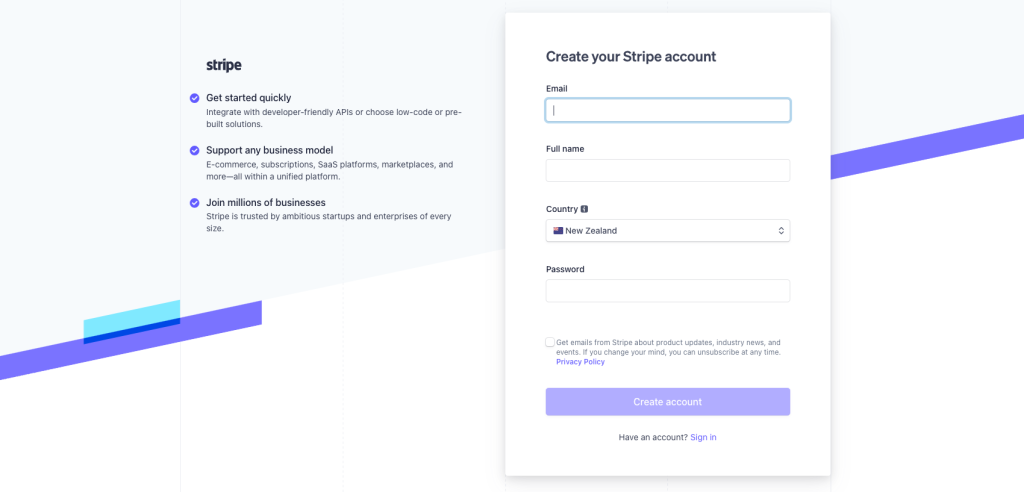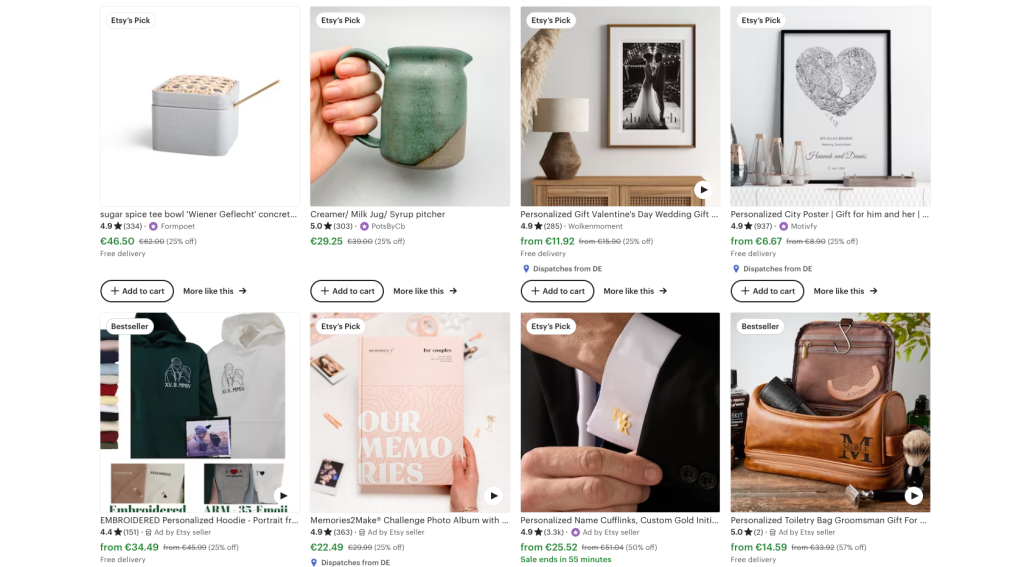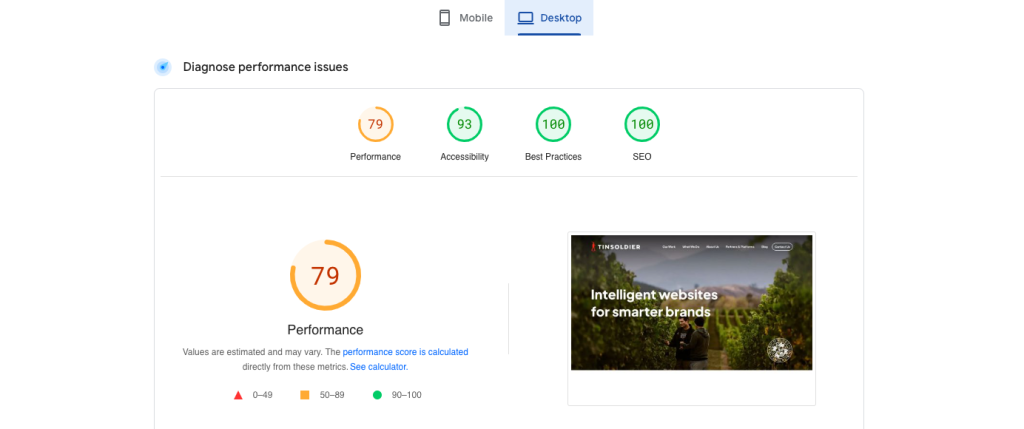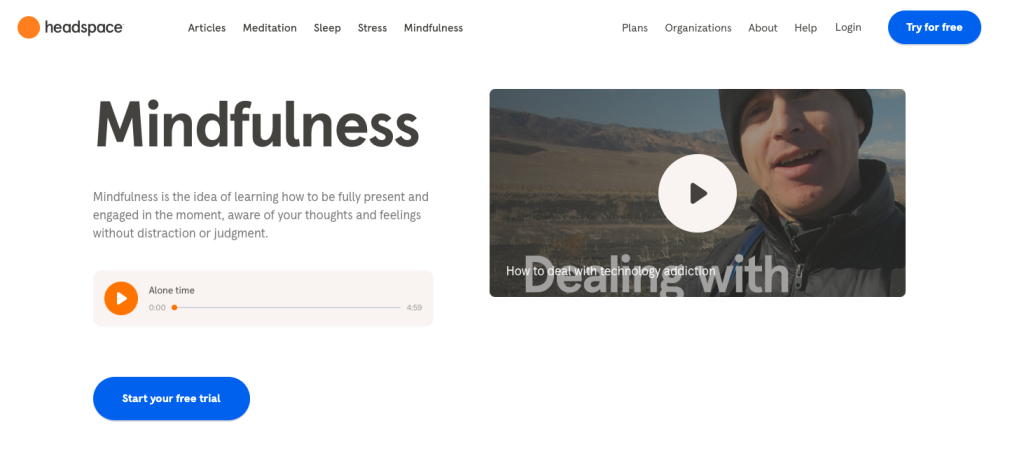Do you want a website that delivers results? Who doesn’t, right? In this post, we talk about one of the most important topics when it comes to delivering results online; conversion rate optimisation. It’s important because converting visitors into leads or customers is essentially the target for most business websites, so everything needs to centre around CRO.
Let’s break it down: your website’s conversion rate is the percentage of visitors who do the thing you want them to do on your website. This ranges from making a purchase, to filling out a form, to subscribing to a newsletter. To optimise your conversion rate is to make changes (ranging from significant to subtle) to your website or landing pages to increase that conversion rate.
The process of CRO involves analysing user behaviour and conducting research and tests before making changes to the design, copy or user experience of your website to see if that improves your conversion rate. Below, we go into more detail about the best ways to do this.
The benefits of good CRO
Once you start a good CRO program with your website, you can certainly expect to see at least one of the following start to happen for your business:
- Increased revenue: If there’s an increase to the percentage of visitors who take a desired action, such as making a purchase or enquiring about your services or products, your revenue will see an increase.
- Better return on investment (ROI): Websites cost. Between hosting and domain costs to agency and third-party fees, your website needs to be able to pay its way. If you’re smart about the changes you make, you’ll increase your conversions and your business without needing to pump money into your marketing budget to get more leads.
- Improved user experience: CRO involves analysing user behaviour and making changes to improve the user experience of your website. This can lead to happier customers and a more positive brand reputation.
- Better insights into user behaviour: By conducting research and analysing user behaviour, you can gain a better understanding of what your customers want and how they interact with your website. Having that insight is extremely valuable to your future activity.
- Competitive advantage: By getting clued-in to how CRO works and what works for you, you can gain quite the edge over your competitors, who may not be using CRO strategies.
Six ways to optimise your conversion rate
There are many different CRO techniques that can be used to improve website performance and get your website visitors to do what you want them to do. It’s easy to start jumping into CRO without stopping to think what you’re trying to achieve. This can lead to some common mistakes when implementing CRO. If you’ve got a good idea what you’re trying to accomplish, here are seven of the most effective way to optimise your conversion rate on your website:

A/B test it
A/B testing involves setting up two different versions of the same web page (an A and a B) and showing them to your users to see which one performs better. A/B testing can even be used to test different variations of elements such as headlines, images, calls-to-action (CTAs). You’d be surprised at how changing the colour of your ‘add to cart’ button can affect the number of users that click it!
Using A/B testing platforms like VMO or Optimizely make the whole process much easier when it comes to creating variations and managing tests, especially if you have more than one running at a time.
Use tools to help make the right decision
To make precise decisions for optimising conversion rates, it’s crucial to harness the insight provided by user behaviour monitoring tools like Google Analytics and Hotjar. These tools help to pinpoint where you should be focusing your CRO efforts.
- Google Analytics funnel exploration: Create a Funnel Exploration within Google Analytics (in the Explore section), and it will reveal where in the conversion journey users are dropping off. It’s an ideal way of finding your starting place for CRO investigation.
- Hotjar user session recordings: Imagine being able to sit with your users as they interact with your site. Hotjar provides just that. By studying real user session recordings, you can identify common struggles users face in specific areas of your website, helping you identify specific issues and areas for enhancement.
These tools give you what you need to make informed decisions, focusing your and direct your effort to where you’ll add the most value.
Personalise the interaction
People feel better and have a much more meaningful experience when they feel like they’re being spoken to directly. Personalising the content and messaging on your website to match your users’ needs and interests makes you more relatable and helps to increase conversions.
Look at data on your users’ browsing behaviour, location, demographics and how they came to your website to gain better insight here. Services like Google Analytics or Hotjar are crucial here.

Simplify your forms
Forms are a common point of friction in the conversion process. Start by asking yourself, what is the minimum viable amount of information I need from this visitor? If you can get most of the information through a future interaction, consider that instead.
You can simplify forms by reducing the number of required fields, using easy-to-fill field types like drop-down menus and checkboxes, and providing clear instructions so your user doesn’t have to think too hard about what to input.

Show that social proof
We’re a social bunch. If lots of people like you, then I’m more likely to like you too. If you include social proof elements such as customer reviews, testimonials, user-generated content and trust badges on your website, it can help to build trust and credibility, which leads to users becoming customers.

Improve your site speed
A slow-loading website can significantly impact conversion rates. Improving site speed by optimising images, compressing files, and minimising code can help to improve the user experience and increase conversions.
Check out Google Page Speed Insights to see how your website measures up.

Consider your CTAs
We don’t need to remind you how easy it is to get distracted online. So when your customer is engaging with your website, make it obvious to them what the next step is. Clear and compelling calls-to-action (CTAs) can help to guide users towards the desired conversion action. Using contrasting colours, clear and concise copy, and strategic placement of your CTAs can help to increase conversions.

Make CRO work for your business
You’re now ready to start inducting your website as the most effective member of your sales team. By implementing the methods above, you will notice that upward trend in your enquiries and sales. An important thing to remember is the best CRO is a smaller but consistent effort as opposed to a big CRO project and then nothing. Also, if you feel you’ve applied the above suggestions already and are looking for more ideas, check out our post on more advanced CRO techniques.
BY CRAIG RUNDLE
Director at Tin Soldier
Craig, Founder and Director at Tin Soldier lives and breathes digital. Being slightly geeky, since the late 90’s he has been involved and watched the internet grow from one page websites through Web 2.0 and more recently with the advent of AI technologies. Craig’s passion is ecommerce, in particular creating great customer experiences through personalisation, content and connected systems.
